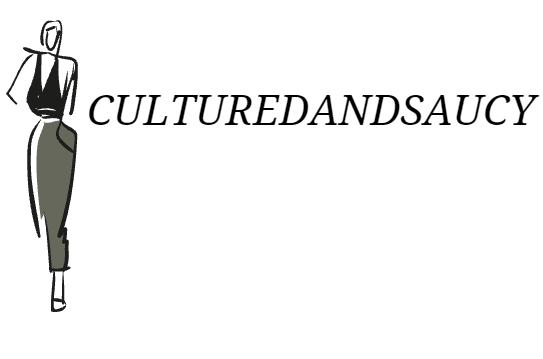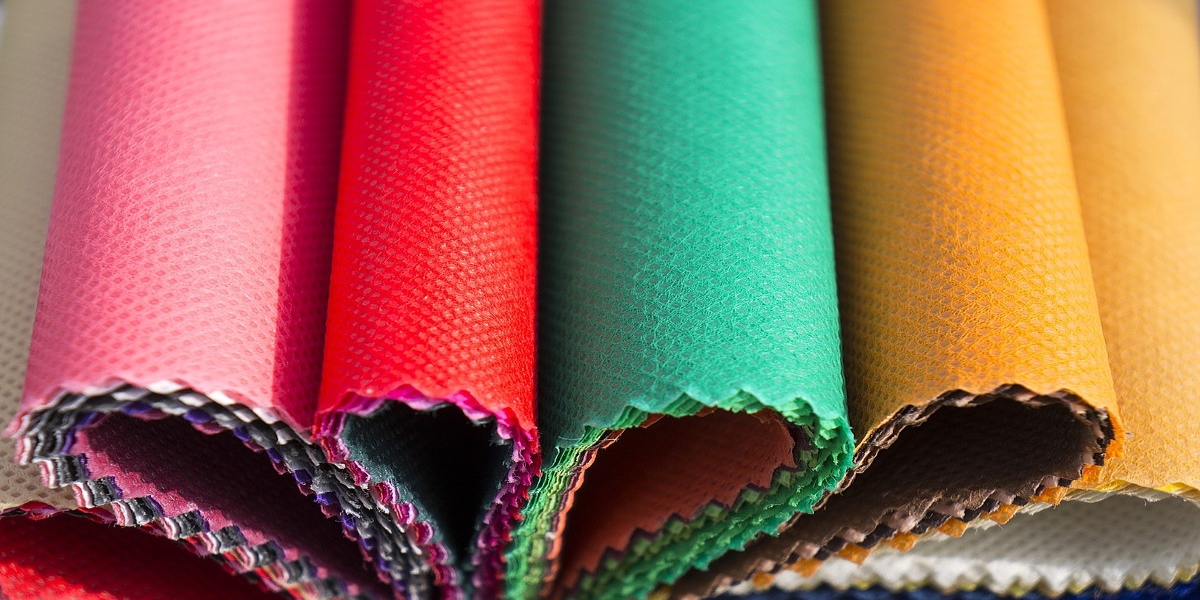Bonded fabric is a material formed into a sheet by fibers being adhered to one another to create a cohesive unit. Felt is one example; it comprises multiple layers of fibers that have been bonded together. Because an adhesive is so sluggish to transmit heat, one of the most important characteristics of bonded textiles is their ability to withstand high temperatures.
Examples
Using resins or adhesives allows for joining two or more layers into one material to create bonded fabric. Bonded textiles play an essential role in today's economy and may be found in various applications.
Bonded fabrics may combine textiles with other materials such as rubber, plastic, or metal; they are also employed in various industrial applications, including automobile components, insulation goods, and packaging. The following are some examples of fabrics that are bonded:
Pre-pregs
Carbon fiber fabric that has been saturated with epoxy resin and backed with fiberglass cloth.
Tapes
Sheets that are simple to manipulate and have high resilience to the effects of the elements
Textiles
Textile products that are manufactured using yarns, fibers, or strands of a variety of different kinds
Sheets
Utilized in various contexts that require the fabric to be cut into various shapes and parts before being assembled into the final construction.
There are a few distinct approaches to manufacturing these bonded textiles. Direct bonding is one method in which 2 sheets are positioned face-to-face and heated by infrared radiation or hot air so polymeric resins may flow between them. Another method is sandwich bonding, in which one sheet is placed on the other.
There is also indirect bonding, which occurs when one sheet is put immediately on top of another, but there is no contact with the resin. Additionally, the materials may be found in various forms, including powder, resin, and even paste.
Polyesters, epoxy, phenolic, and polyimide are the resins used most often in the production of bonded textiles. They not only make the finished product more resistant to heat and chemicals, but they also make it more robust.
Depending on the kind of material that is used and the manufacturing process, bonded textiles may be put to a variety of different uses. Insulation may be constructed out of nonwoven glass fabrics, protective shields can be made out of metal meshes, and specific bulletproof vests and helmets for troops are made out of textiles manufactured with Kevlar® aramid fiber. The automobile sector makes substantial use of materials, often wire harnesses and fuel lines.
Is Cotton Bonded Fabric?
Cotton is a bonded fabric; that is correct. Flat-woven cotton fabric sheets were first used in the production of bonded textiles. These sheets are cut and reopened with heat to include poly-backing material such as polyester or rayon. When utilized in the production of protective clothing, this results in a single-layer composite fabric that is very robust and operates in a manner that is comparable to that of a multi-layer composite fabric.


